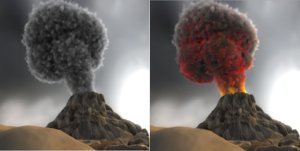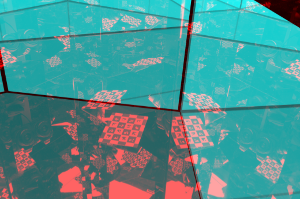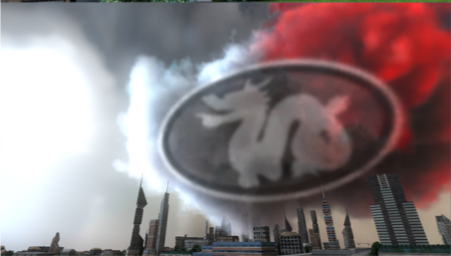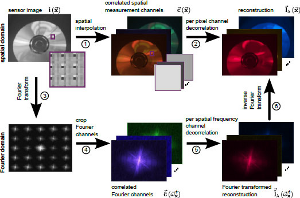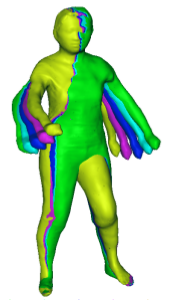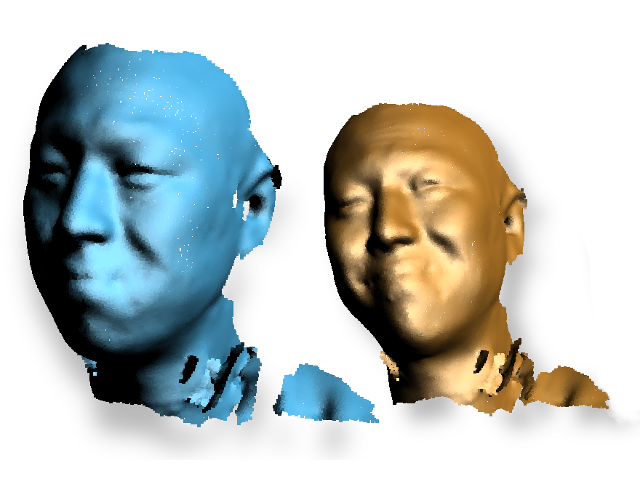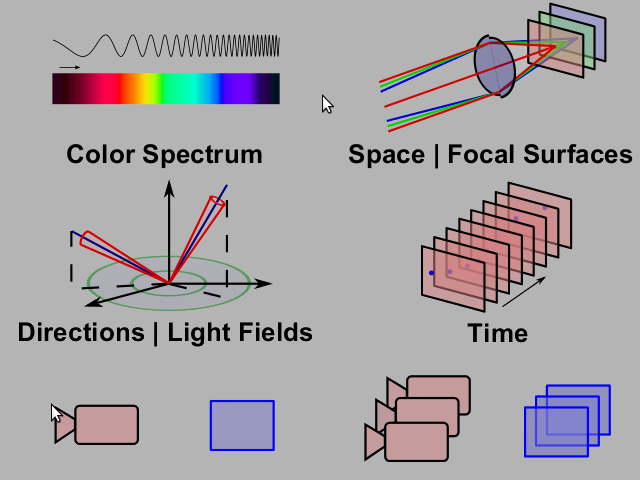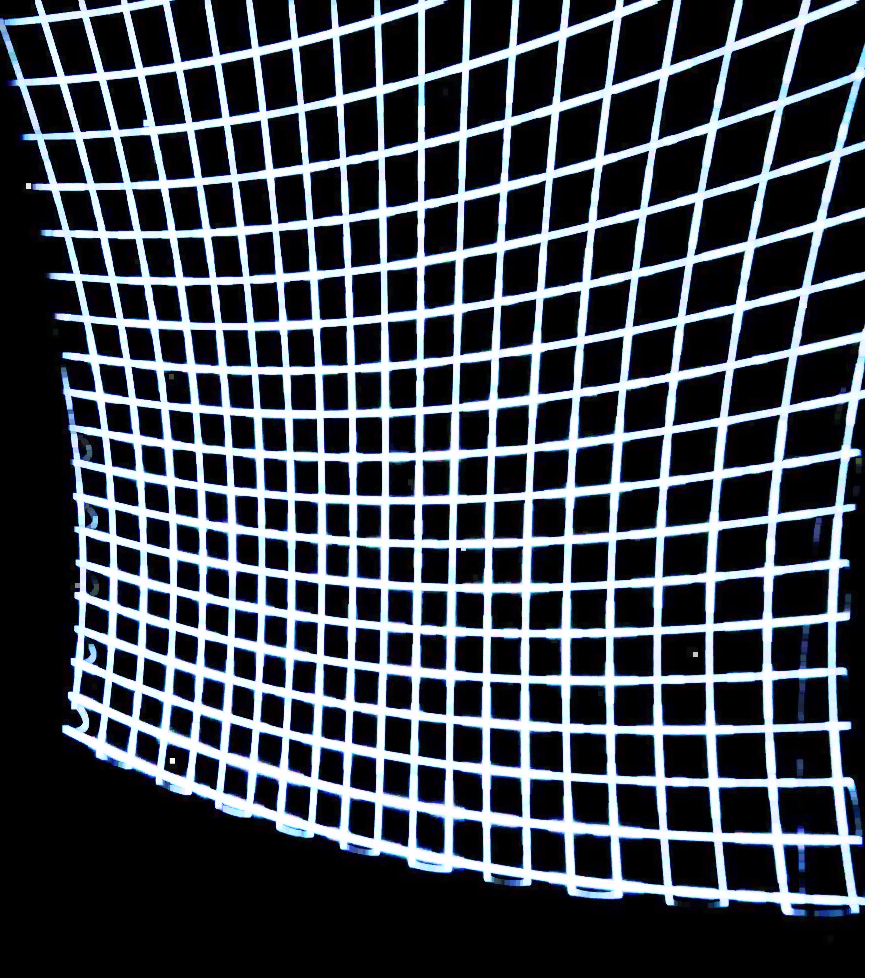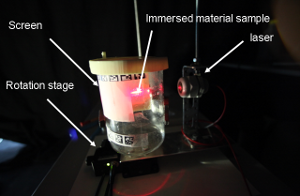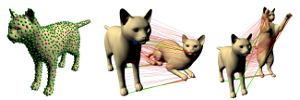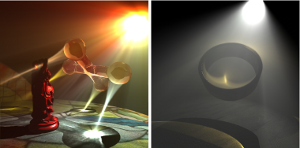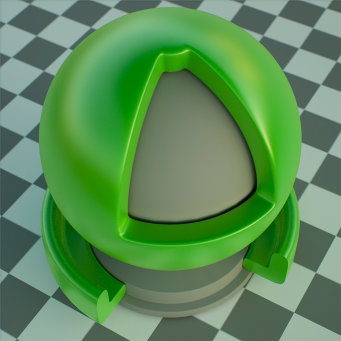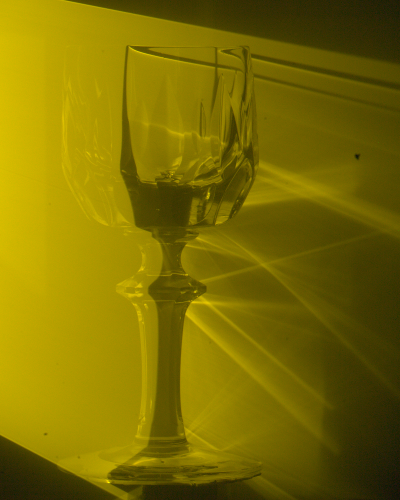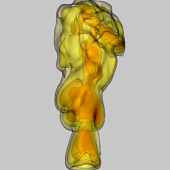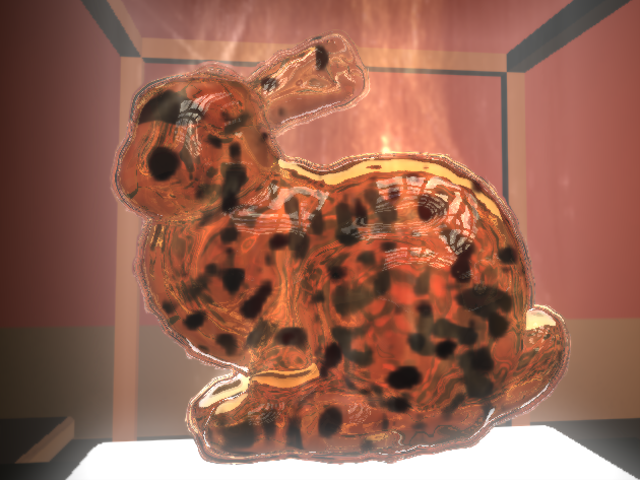Animation Cartography - Intrinsic Reconstruction of Shape and Motion
In this paper, we consider the problem of animation reconstruction, i.e., the
reconstruction of shape and motion of a deformable object from dynamic
3D scanner data, without using user provided template models. Unlike pre-
vious work that addressed this problem, we do not rely on locally conver-
gent optimization but present a system that can handle fast motion, tem-
porally disrupted input, and can correctly match objects that disappear for
extended time periods in acquisition holes due to occlusion. Our approach
is motivated by cartography: We first estimate a few landmark correspon-
dences, which are extended to a dense matching and then used to recon-
struct geometry and motion. We propose a number of algorithmic building
blocks: a scheme for tracking landmarks in temporally coherent and inco-
herent data, an algorithm for robust estimation of dense correspondences
under topological noise, and the integration of local matching techniques to
refine the result. We describe and evaluate the individual components and
propose a complete animation reconstruction pipeline based on these ideas.
We evaluate our method on a number of standard benchmark data sets and
show that we can obtain correct reconstructions in situations where other
techniques fail completely or require additional user guidance such as a
template model.
Projects
James Gregson, Ivo Ihrke, Nils Thuerey, Wolfgang Heidrich
SIGGRAPH 2014
Go to project listSIGGRAPH 2014
Abstract
We explore the connection between fluid capture, simulation
and proximal methods, a class of algorithms commonly used
for inverse problems in image processing and computer
vision. Our key finding is that the proximal operator
constraining fluid velocities to be divergence-free is
directly equivalent to the pressure-projection methods
commonly used in incompressible flow solvers. This
observation lets us treat the inverse problem of fluid
tracking as a constrained flow problem all while working in
an efficient, modular framework. In addition it lets us
tightly couple fluid simulation into flow tracking,
providing a global prior that significantly increases
tracking accuracy and temporal coherence as compared to
previous techniques. We demonstrate how we can use these
improved results for a variety of applications, such as
re-simulation, detail enhancement, and domain
modification. We furthermore give an outlook of the
applications beyond fluid tracking that our proximal
operator framework could enable by exploring the connection
of deblurring and fluid guiding.
Project Page Video Bibtex
@article{Gregson:14,
author = {James Gregson and Ivo Ihrke and Nils Thuerey and Wolfgang Heidrich},
title = {From Capture to Simulation - Connecting Forward and Inverse Problems in Fluids},
journal = {ACM Trans. on Graphics (SIGGRAPH'14)},
volume = 33, number = 4, year = 2014,
pages = {xx--yy},
}
author = {James Gregson and Ivo Ihrke and Nils Thuerey and Wolfgang Heidrich},
title = {From Capture to Simulation - Connecting Forward and Inverse Problems in Fluids},
journal = {ACM Trans. on Graphics (SIGGRAPH'14)},
volume = 33, number = 4, year = 2014,
pages = {xx--yy},
}

